Welcome to the National Concrete Polishing blog, where we share valuable information about concrete resurfacing and its benefits. As a leading concrete resurfacing company, we understand the importance of maintaining and enhancing the appearance of concrete surfaces. In this blog post, we will delve into the world of concrete resurfacing, explaining what it is and how it works.
Introducing National Concrete Polishing
At National Concrete Polishing , we take pride in being a reputable concrete resurfacing company with years of experience in the industry. Our team of skilled professionals is dedicated to delivering high-quality results, transforming worn-out or damaged concrete surfaces into beautiful, durable spaces.
Enhancing the Appearance and Functionality of Concrete Surfaces
Concrete surfaces are ubiquitous in our surroundings, found in driveways, sidewalks, patios, and even interior floors. Over time, these surfaces can become worn, discolored, or develop cracks and imperfections due to factors like weathering, heavy foot traffic, or inadequate maintenance. Concrete resurfacing offers a cost-effective solution to restore and improve the appearance and functionality of these surfaces.
Purpose of the Blog Post
The purpose of this blog post is to provide you with a comprehensive understanding of concrete resurfacing. We will explain what it entails, the benefits it offers, and the step-by-step process involved in rejuvenating your concrete surfaces. Whether you’re a homeowner looking to enhance your outdoor living space or a business owner seeking to revamp your commercial facility, concrete resurfacing can be the perfect solution.
Understanding Concrete Resurfacing
Concrete resurfacing is a versatile process that involves applying a new layer of material over an existing concrete surface. This method allows you to transform worn-out, damaged, or plain-looking concrete into a fresh, attractive, and functional surface. Let’s explore the key aspects of concrete resurfacing.
Definition of Concrete Resurfacing
Concrete resurfacing, also known as concrete overlay , is the process of revitalizing existing concrete surfaces by applying a thin layer of specialized material. This material is designed to bond with the existing surface, providing a new and improved appearance while addressing any surface imperfections.
Importance of Concrete Resurfacing
Concrete resurfacing offers numerous benefits for both residential and commercial applications. Firstly, it significantly enhances the aesthetic appeal of concrete surfaces, allowing you to choose from a variety of colors, textures, and decorative patterns. Whether you desire a modern, sleek look or a rustic, natural finish, concrete resurfacing can help you achieve your desired aesthetic.
Secondly, concrete resurfacing improves the durability and longevity of the surface. The overlay materials used in the process are designed to be resistant to wear, stains, and UV damage, ensuring that your resurfaced concrete remains attractive and functional for years to come. Additionally, resurfacing can address surface imperfections such as cracks, spalling, or unevenness, restoring the structural integrity of the concrete.
Types of Concrete Surfaces Suitable for Resurfacing
Concrete resurfacing is a versatile solution suitable for various types of concrete surfaces. Some common surfaces that can benefit from resurfacing include driveways, walkways, patios, pool decks, garage floors , and even interior floors. Whether it’s an outdoor or indoor area, concrete resurfacing provides a cost-effective and visually appealing option for rejuvenating worn or outdated concrete.
Benefits of Concrete Resurfacing
- Cost-effective: Compared to tearing out and replacing the entire concrete surface, resurfacing is a more affordable option that delivers impressive results.
- Time-saving: Concrete resurfacing typically takes less time than completely replacing the concrete, minimizing disruption and allowing you to enjoy your renewed surface sooner.
- Versatility: With a wide range of overlay materials, colors, and decorative options available , concrete resurfacing offers versatility in design, allowing you to customize the appearance to match your preferences and existing aesthetic.
- Sustainability: By reusing the existing concrete and avoiding the need for complete removal, concrete resurfacing is an environmentally friendly choice.
The Process of Concrete Resurfacing
Concrete resurfacing involves several crucial steps to ensure a successful transformation of your concrete surfaces. From surface preparation to finishing touches, each stage plays a vital role in achieving a durable and visually appealing result. Let’s dive into the process of concrete resurfacing.
Surface Preparation
Before applying the new overlay, proper surface preparation is essential for ensuring adhesion and long-lasting results.
- Inspection and Evaluation: A thorough inspection is conducted to identify any existing cracks, spalling, or surface damage. Evaluating the condition of the concrete helps determine the appropriate repairs and preparation needed.
- Cleaning the Surface: The concrete surface is thoroughly cleaned to remove dirt, oil, grease, and other contaminants. This step ensures a clean and porous surface for better adhesion.
- Repairing Damages: Cracks, divots, or other surface imperfections are repaired using specialized repair materials. This step restores the structural integrity of the concrete and creates a smooth base for the overlay.
- Grinding or Shot Blasting: To create a rough texture and enhance adhesion, the surface is mechanically prepared through grinding or shot blasting. This process removes any existing coatings or sealers and opens the pores of the concrete.
Priming and Leveling
To optimize adhesion and achieve a smooth, level surface, priming and leveling compounds are applied.
- Applying a Bonding Agent or Primer: A bonding agent or primer is applied to the prepared surface. This agent helps enhance the bond between the existing concrete and the overlay material, improving adhesion.
- Leveling Compound Application: If there are any low spots or uneven areas, a leveling compound is used to fill them, creating a flat and uniform surface. This step ensures a consistent thickness of the overlay and a smooth finish.
Resurfacing Overlay Application
The application of the overlay material is the core step in concrete resurfacing, where the transformation takes place.
- Choosing the Overlay Material: Based on your desired aesthetic and functional requirements, the appropriate overlay material is selected. Common options include polymer-modified cement, microtoppings, or epoxy-based coatings.
- Mixing and Preparing the Overlay Material: The overlay material is mixed according to the manufacturer’s instructions, ensuring the right consistency and color. Pigments or decorative elements can be added at this stage for customized finishes.
- Applying the Overlay: The overlay material is applied to the prepared surface in multiple coats. Skilled technicians use trowels, brushes, or sprayers to ensure even coverage and a consistent thickness. This step allows for the desired texture, patterns, or decorative effects to be achieved.
- Adding Decorative Elements or Colors: If desired, decorative elements like aggregates, stencils, or scoring patterns can be incorporated into the overlay. Additionally, a wide range of colors and finishes are available to complement your design vision.
Finishing and Curing
The final stages involve refining the surface and allowing the overlay to cure, ensuring its strength and durability.
- Smoothing and Leveling: After the overlay is applied, it is smoothed and leveled using trowels or other tools. This step ensures a uniform surface and removes any imperfections.
- Curing Time: The overlay needs sufficient time to cure and harden, typically following the manufacturer’s guidelines. This allows the material to reach its maximum strength and durability.
- Optional Finishing Steps: Depending on your preferences, additional steps like sealing or polishing the surface can be undertaken. Sealing the resurfaced concrete provides protection against stains and enhances its longevity, while polishing can create a glossy or matte finish.
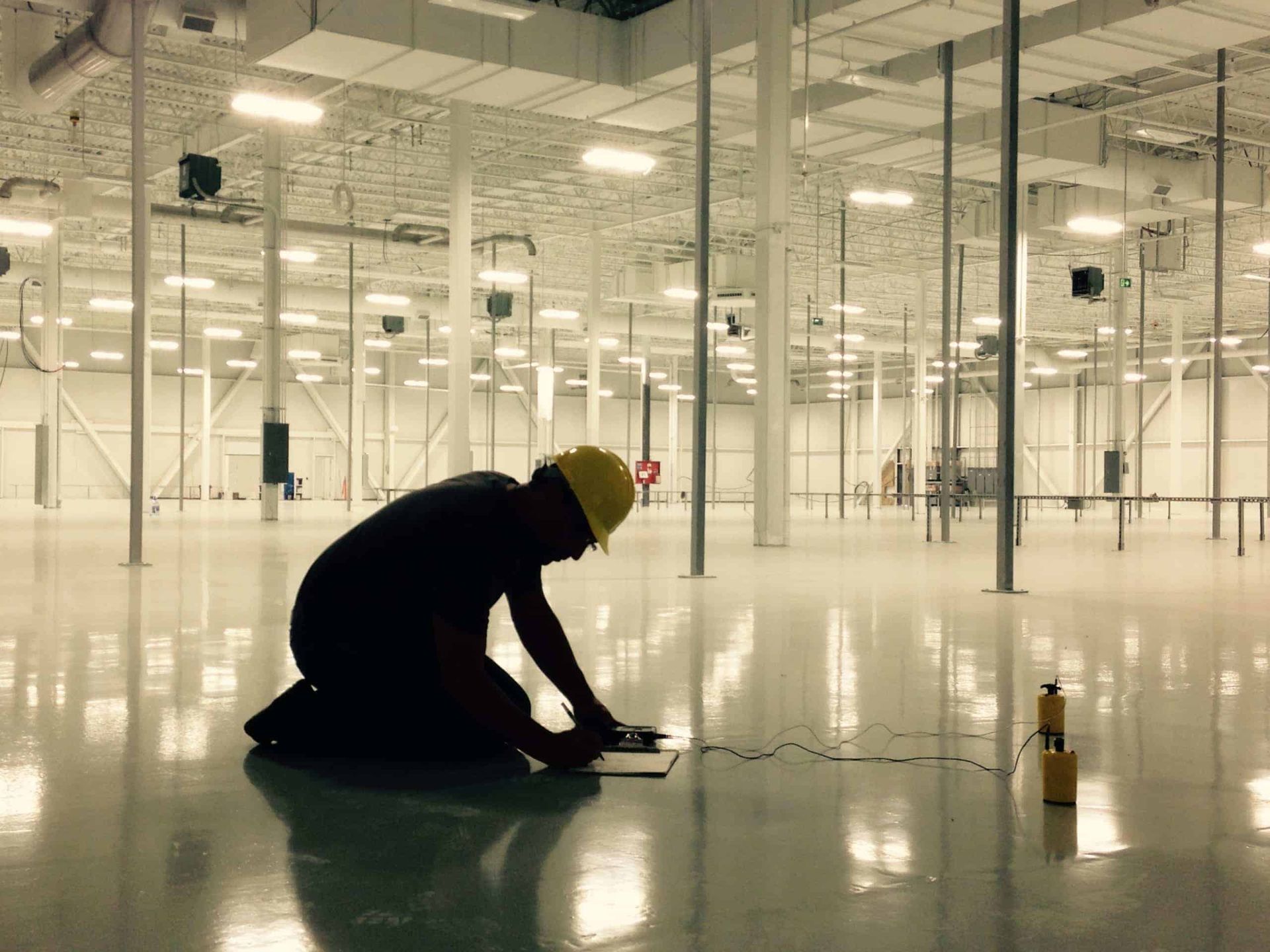
Enhance Your Concrete Surfaces with Concrete Resurfacing
Congratulations! You’ve now gained a comprehensive understanding of concrete resurfacing and how it can transform your worn-out or damaged concrete surfaces into stunning, durable spaces. National Concrete Polishing is here to help you bring your vision to life.
By choosing concrete resurfacing, you can unlock a multitude of benefits. Not only does it enhance the aesthetic appeal of your concrete surfaces, but it also improves their functionality, durability, and longevity. With a wide range of design options available, you can personalize your surfaces to reflect your unique style and preferences.
Don’t hesitate to reach out to National Concrete Polishing for all your concrete resurfacing needs. Our team of skilled professionals has the expertise and experience to deliver exceptional results. Whether you’re a homeowner looking to revitalize your outdoor living space or a business owner aiming to create an inviting commercial facility, we’re here to assist you every step of the way.
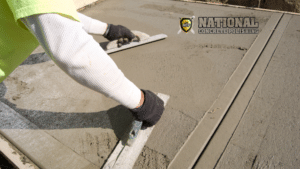
Services
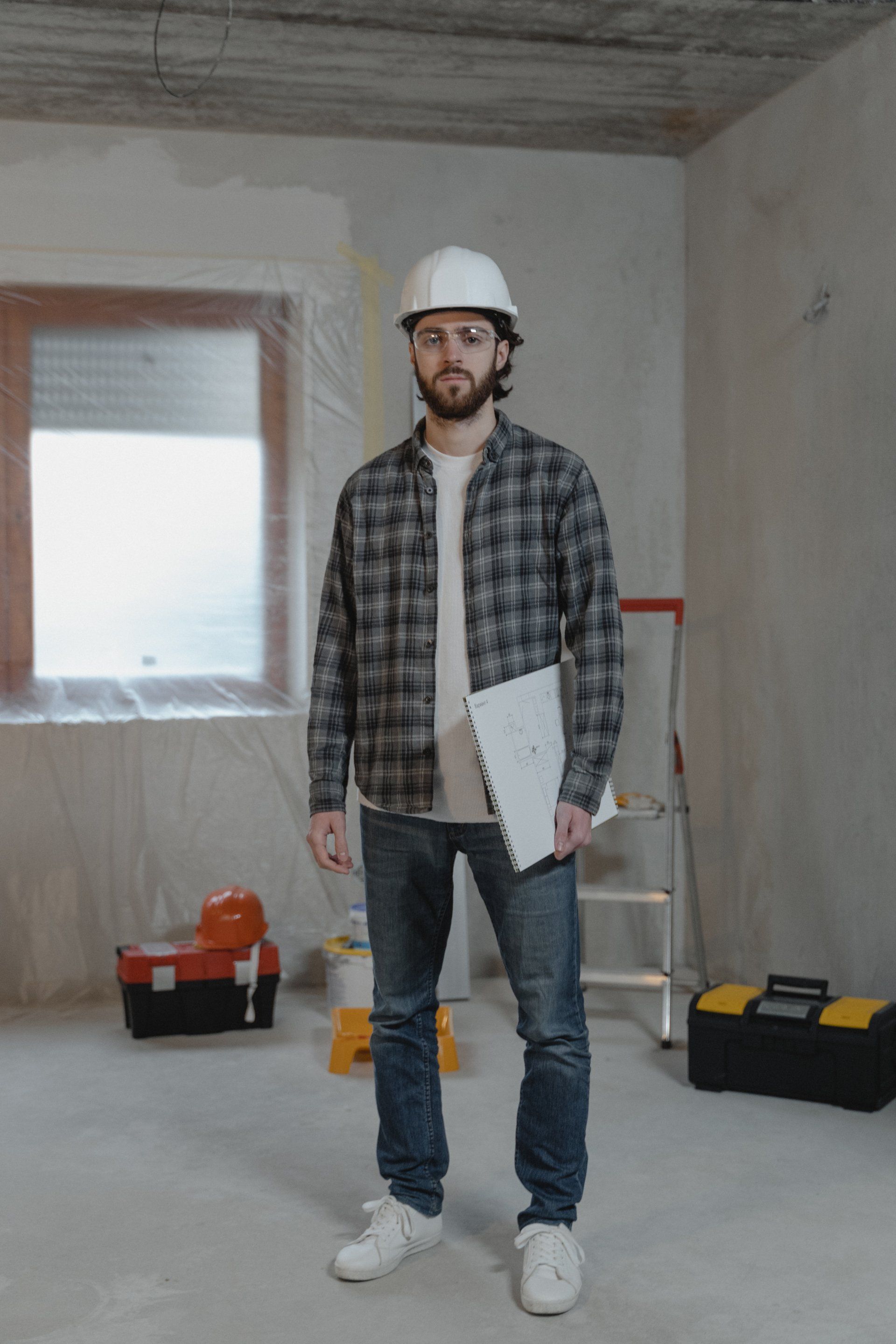
Slide title
Write your caption hereButton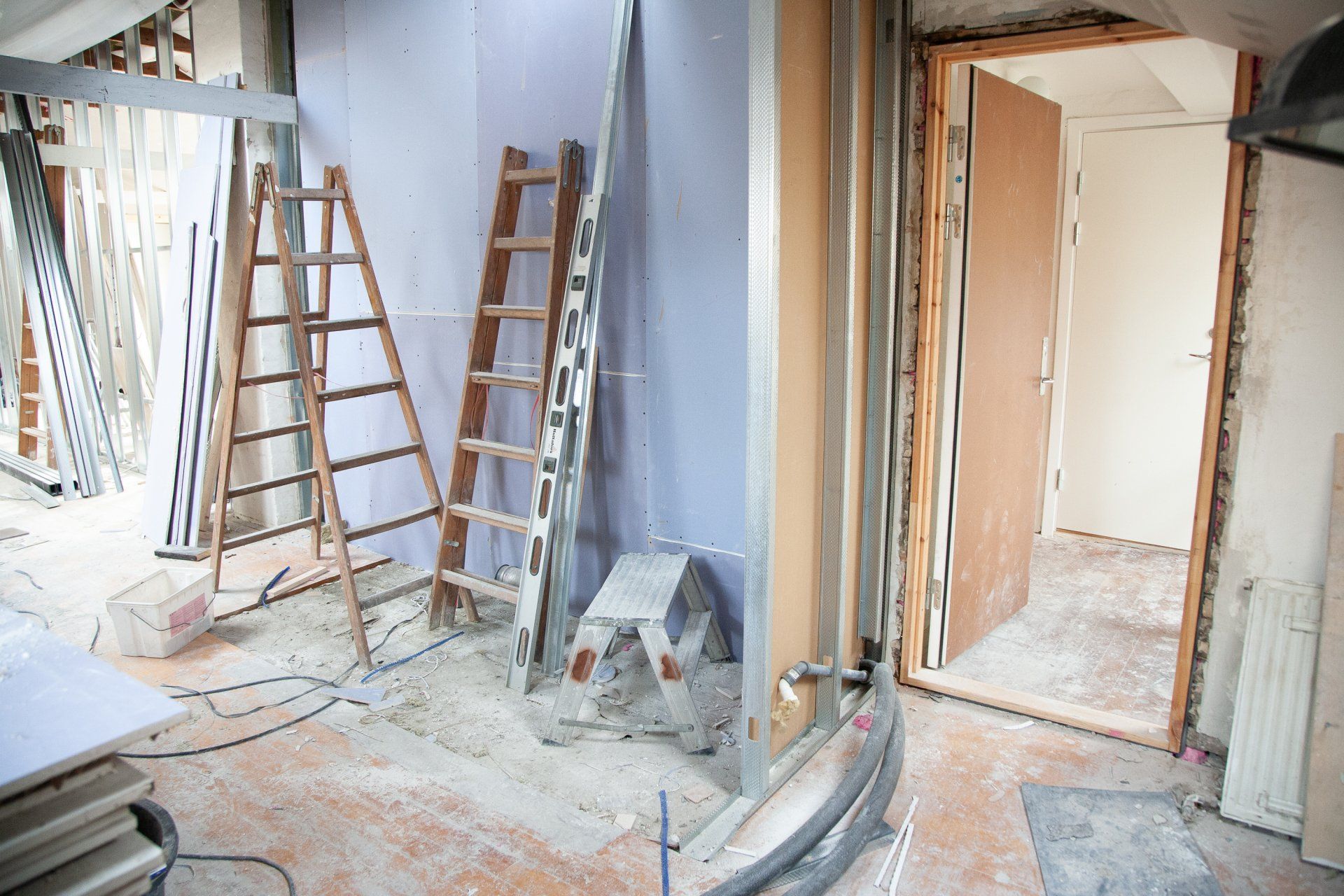
Slide title
Write your caption hereButton
Slide title
Write your caption hereButton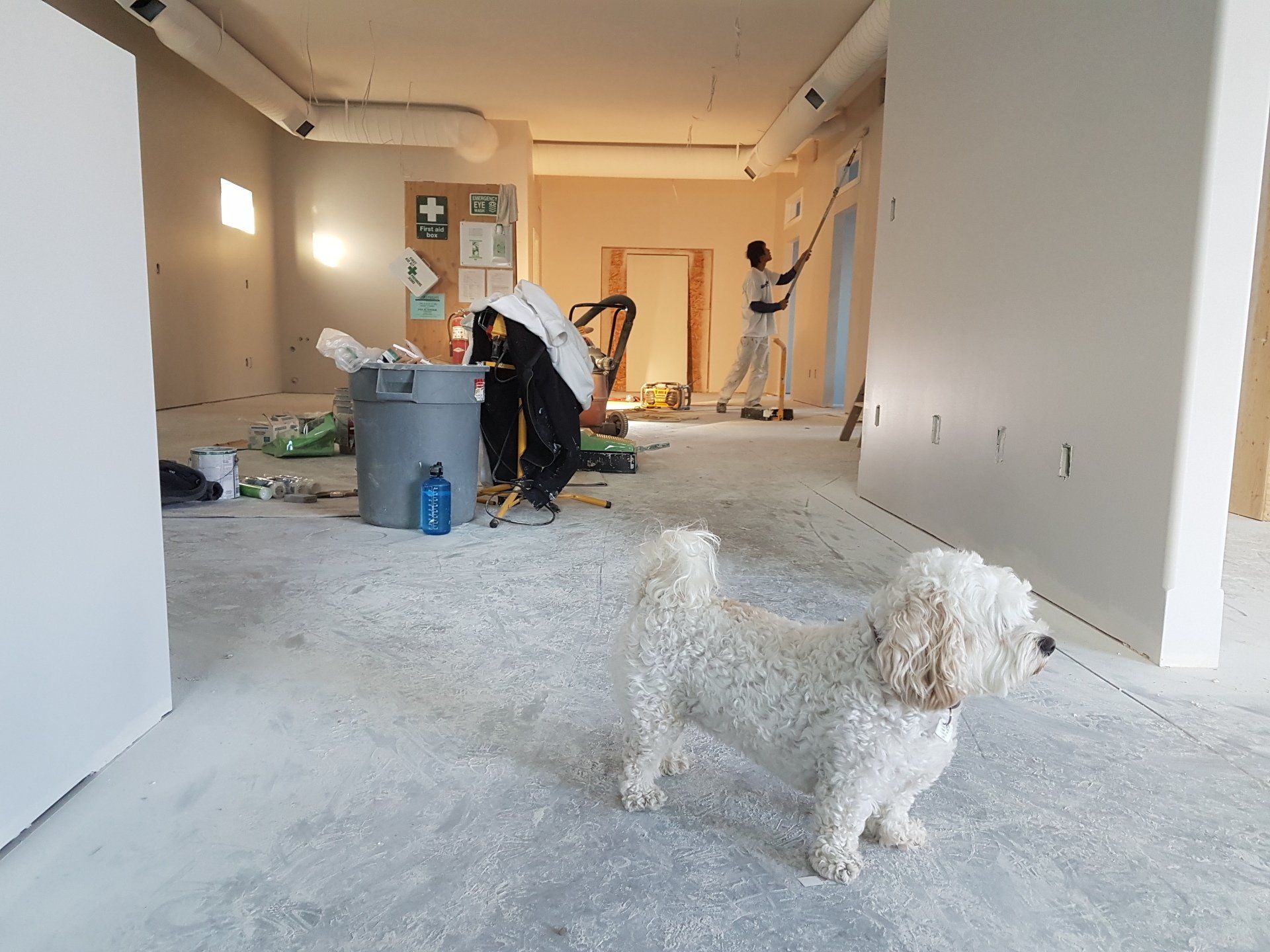
Slide title
Write your caption hereButton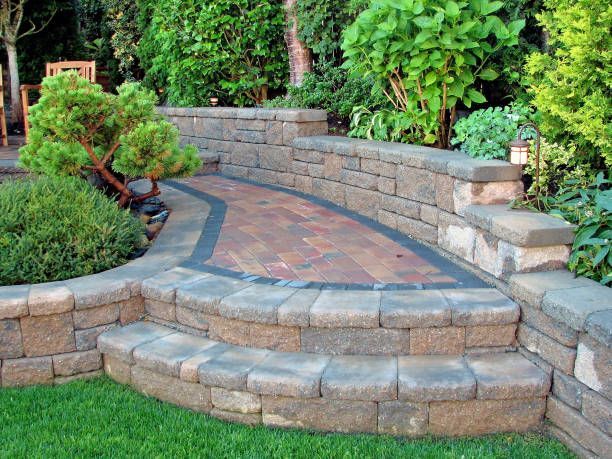
Slide title
Write your caption hereButton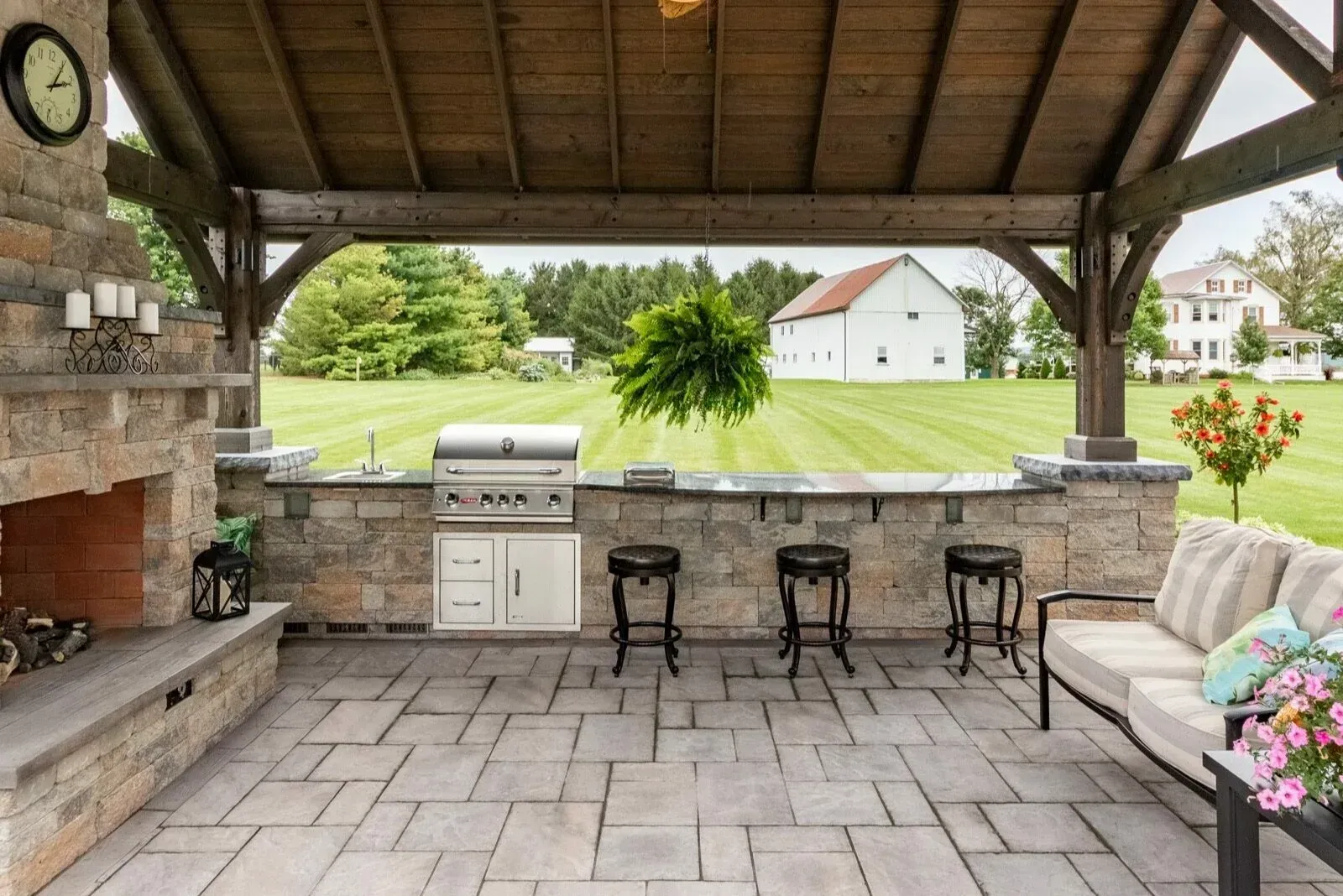
Slide title
Write your caption hereButton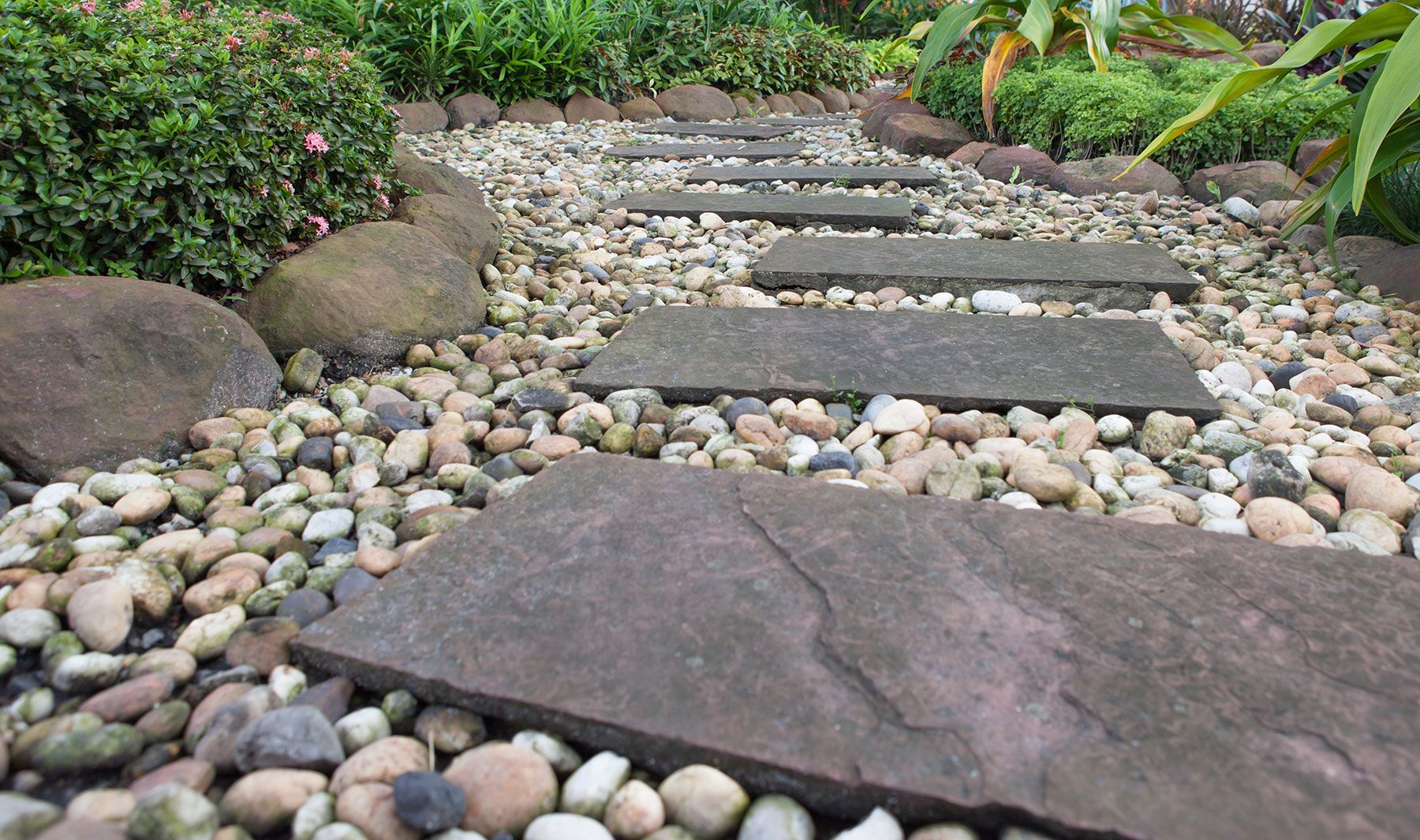
Slide title
Write your caption hereButton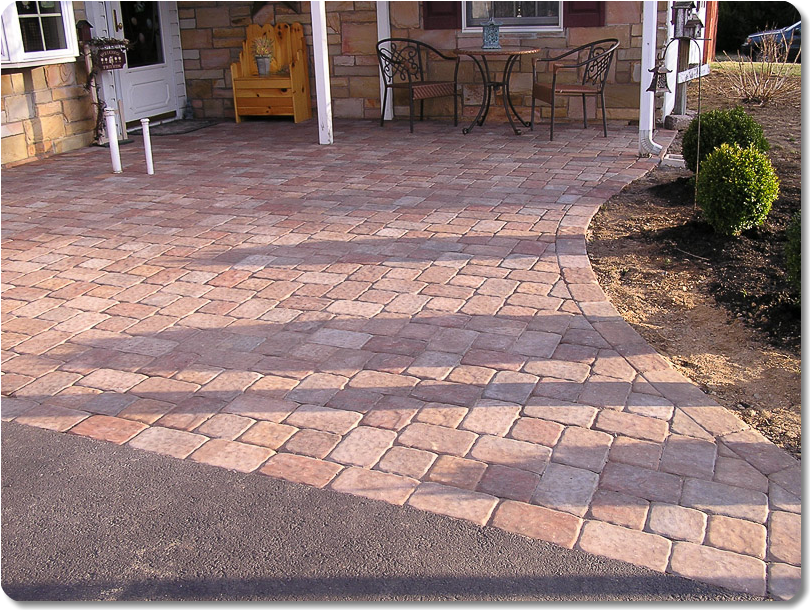
Slide title
Write your caption hereButton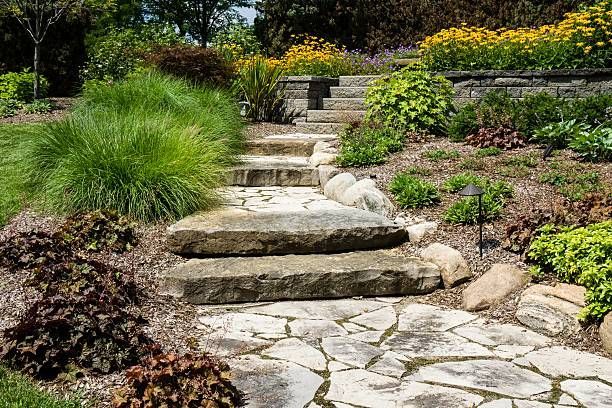
Slide title
Write your caption hereButton
Slide title
Write your caption hereButton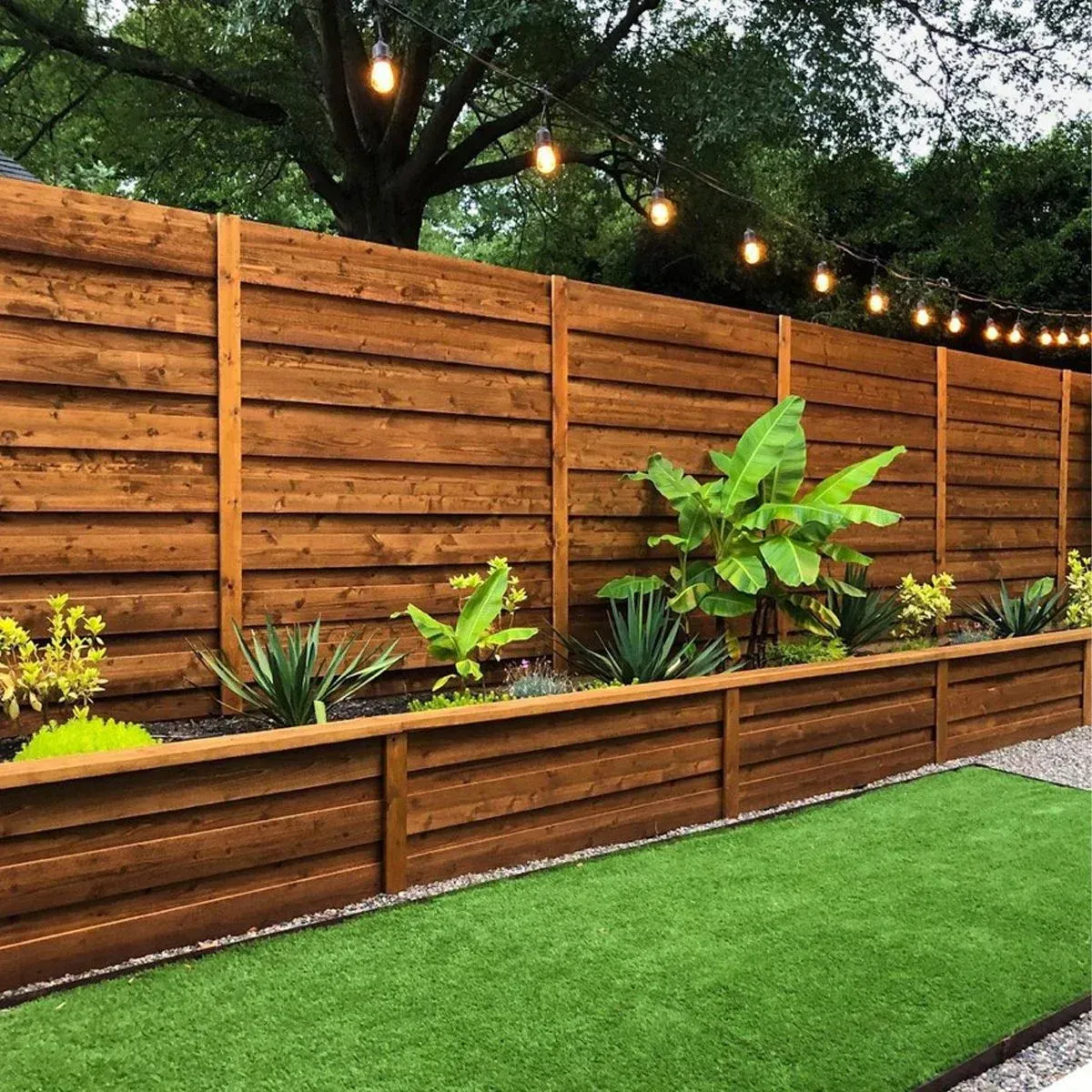
Slide title
Write your caption hereButton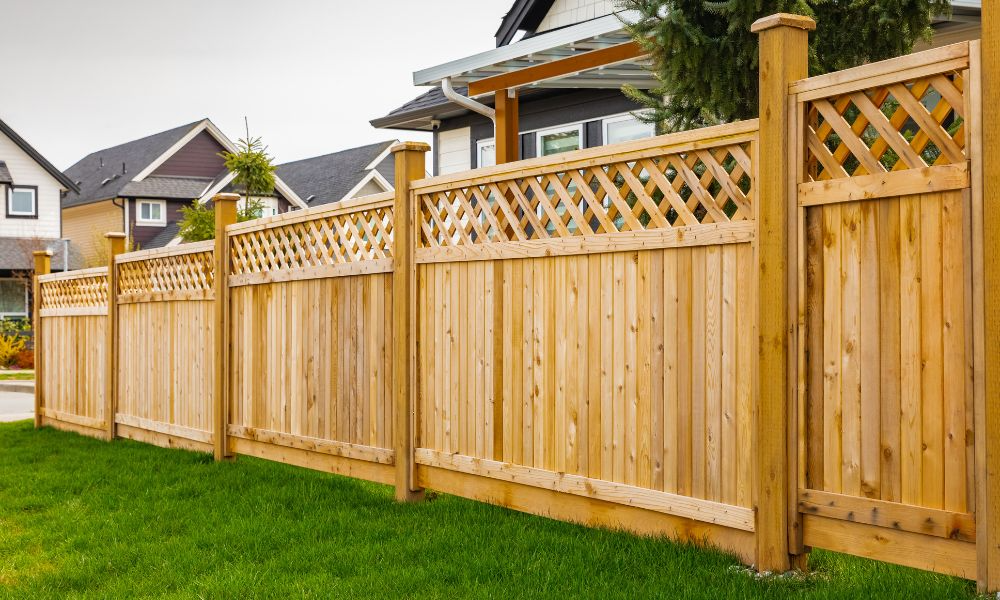
Slide title
Write your caption hereButton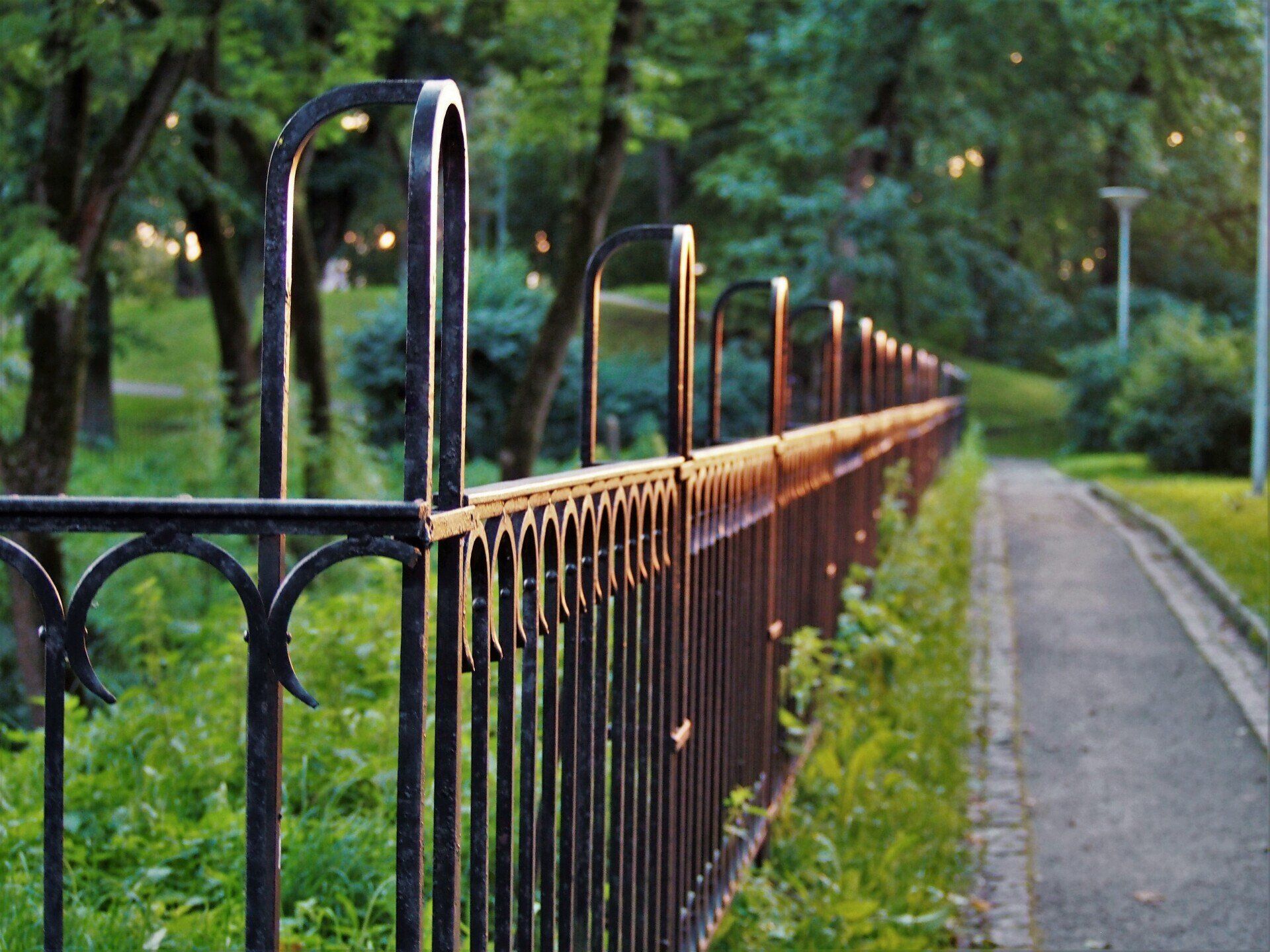
Slide title
Write your caption hereButton
Slide title
Write your caption hereButton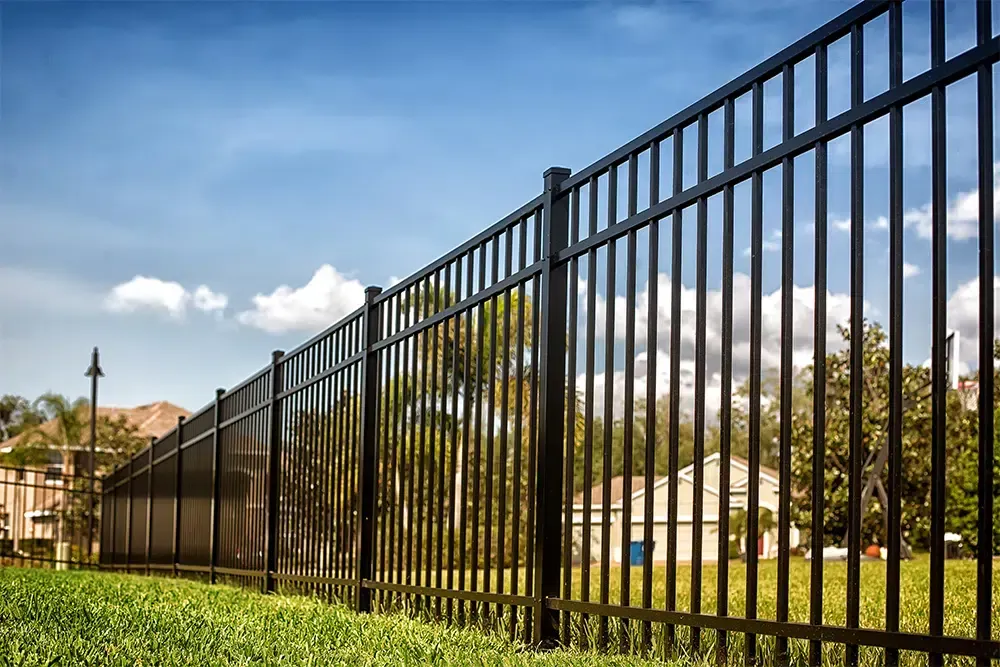
Slide title
Write your caption hereButton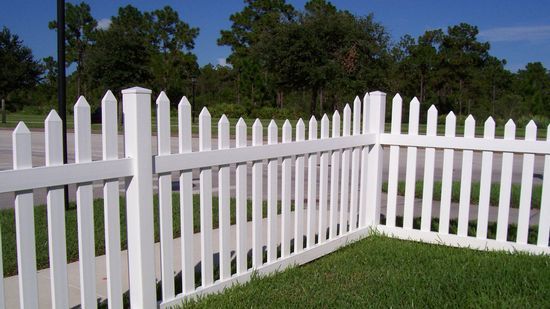
Slide title
Write your caption hereButton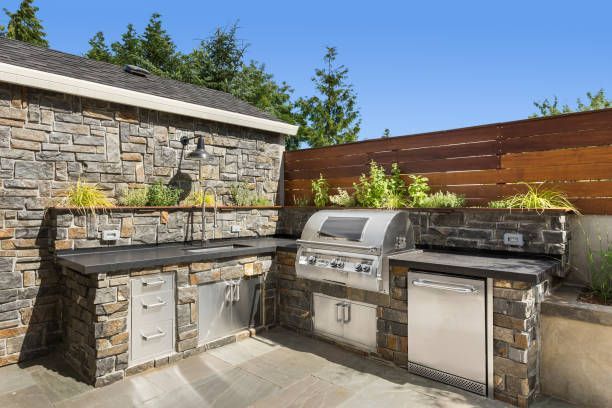
Slide title
Write your caption hereButton
Slide title
Write your caption hereButton
Slide title
Write your caption hereButton
Slide title
Write your caption hereButton
Slide title
Write your caption hereButton
Slide title
Write your caption hereButton
Slide title
Write your caption hereButton



